We all know the excitement of planting seeds and waiting for those first tiny sprouts to break through the soil. But let’s be honest—sometimes it feels like they take forever.
If you’re the impatient type or just want to give your garden a head start, there are a few tricks to get those seeds germinating faster. Here’s how to speed things up and get your plants growing in no time.
Keep Them Warm
Seeds need warmth to sprout, and if your soil is too cold, they’ll just sit there doing nothing. Most seeds do best between 18-24°C (65-75°F). If you're starting indoors, use a heat mat under your seed trays to keep them toasty.
If you don't have a heat mat then above a radiator is always a good option. Once the seeds have germinated they no longer need the heat. So turn off your mat and move them if they are directly above a radiator.
Outdoors, wait until the soil warms up or cover the area with black plastic a few days before planting to trap heat.
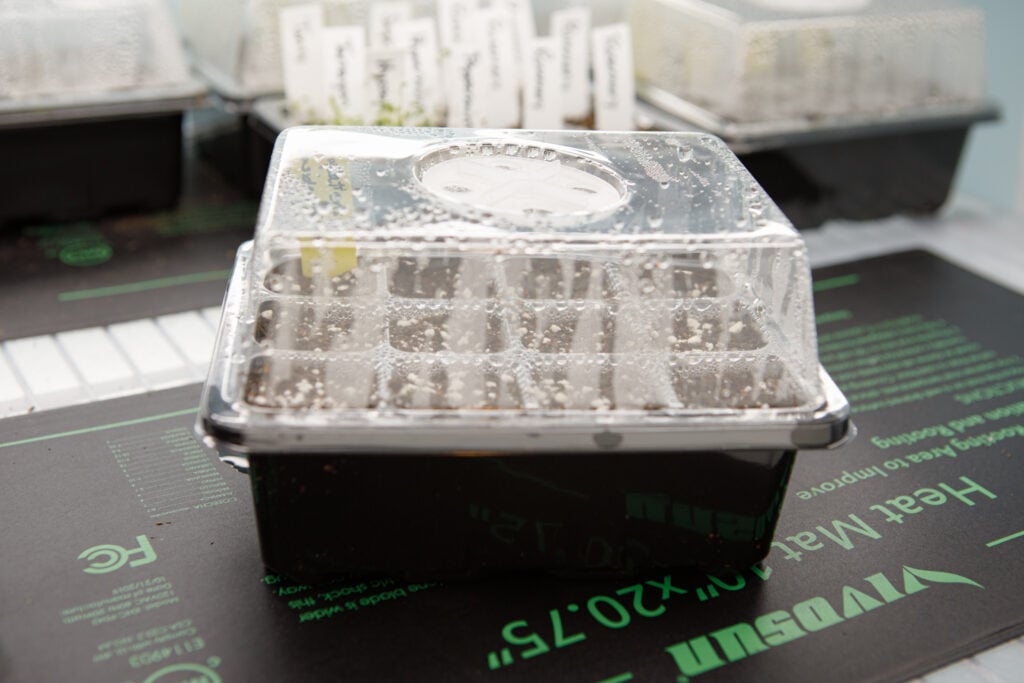
Pre-Soak Your Seeds
Some seeds have a tough outer shell that takes a while to break down. Speed up germination by soaking them in warm water for 12-24 hours before planting.
Beans, peas, corn, carrots and sunflowers all benefit from this trick. Just don’t soak them too long, or they might rot before they even hit the soil.
There are many other seeds that can benefit from being soaked before planting. If you are not sure just give it a quick Google before sowing.
Scarify Tough Seeds
For really hard seeds like sweet peas or nasturtiums, you can rough them up a bit. Use sandpaper, a nail file, or even a knife to gently nick the outer coating. This helps water penetrate faster and kickstarts the germination process.
This is not essential and you can easily sow the seeds without doing this. But it can speed up the process by a few days, and that is what this article is all about!
Keep Soil Moist, But Not Soaking
Seeds need consistent moisture to sprout, but drowning them in water won’t do you any favours. Keep the soil evenly moist by misting it regularly or covering your trays with plastic wrap to hold in humidity.
If the soil dries out too much, germination will stall. If it’s too wet, the seeds might rot. Find that sweet spot and you’ll see sprouts in no time.
I always find that watering from the bottom is much easier, which is why I often start seeds in trays without holes in them. This means you won't disturb the soil and wash your seeds away like you can do when you water from the top.
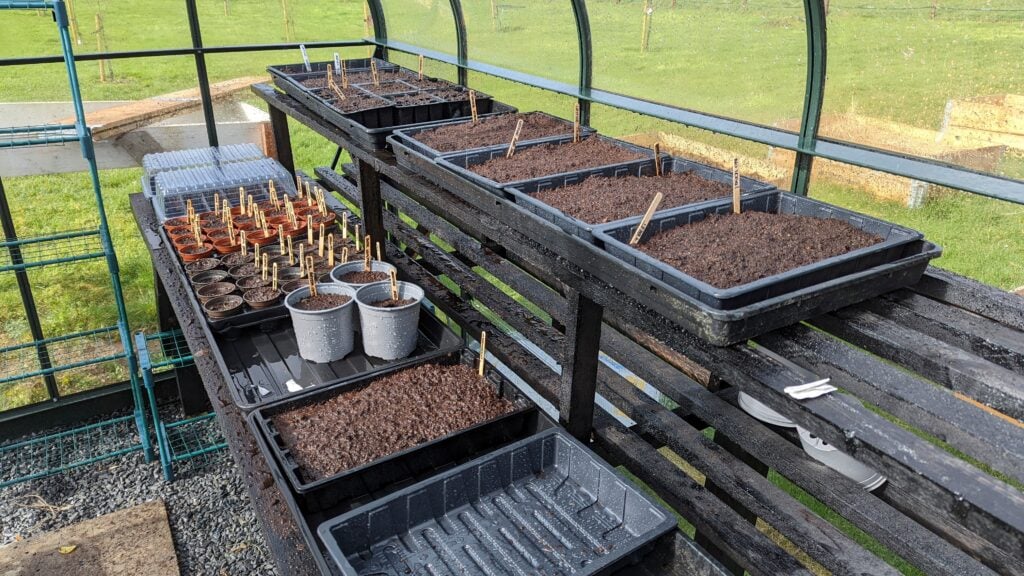
Use Fresh Seeds
Old seeds might still sprout, but they’ll take longer and won’t have as high a success rate. Always check seed packets for the packed-on date and try to use seeds within a year or two. If you’re not sure if they’re still good, do a quick germination test by wrapping a few in a damp paper towel and keeping them warm. If they sprout, you’re good to go.
Give Them a Jumpstart with a Mini Greenhouse
Humidity speeds up germination, so create a mini greenhouse effect by covering seed trays with plastic wrap, a propagator, or even any clear plastic container. This traps warmth and moisture, making it the perfect environment for fast germination.
Just make sure to remove the cover once the seeds sprout, so they don’t get too much moisture and start to rot.

Get The Planting Depth Right
Different seeds need to be planted at different depths in order to germinate. Make sure you read the packet before sowing, or if that's not possible just give it a quick search before planting.
Some like to be placed on the surface of the soil while others do better buried deep.
Getting seeds to germinate quickly is all about heat, moisture, and patience. Try these tricks, and you’ll have strong, healthy seedlings breaking through the soil faster than ever. Now get out there and start planting!

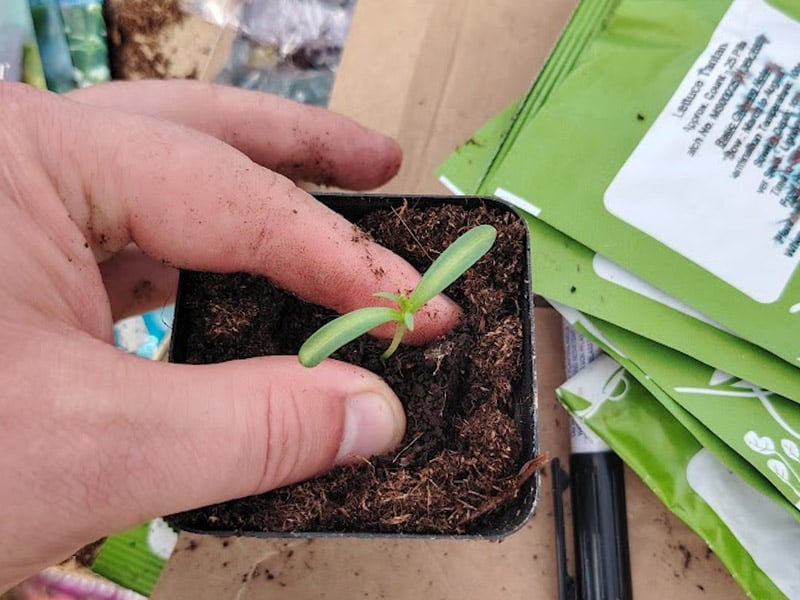
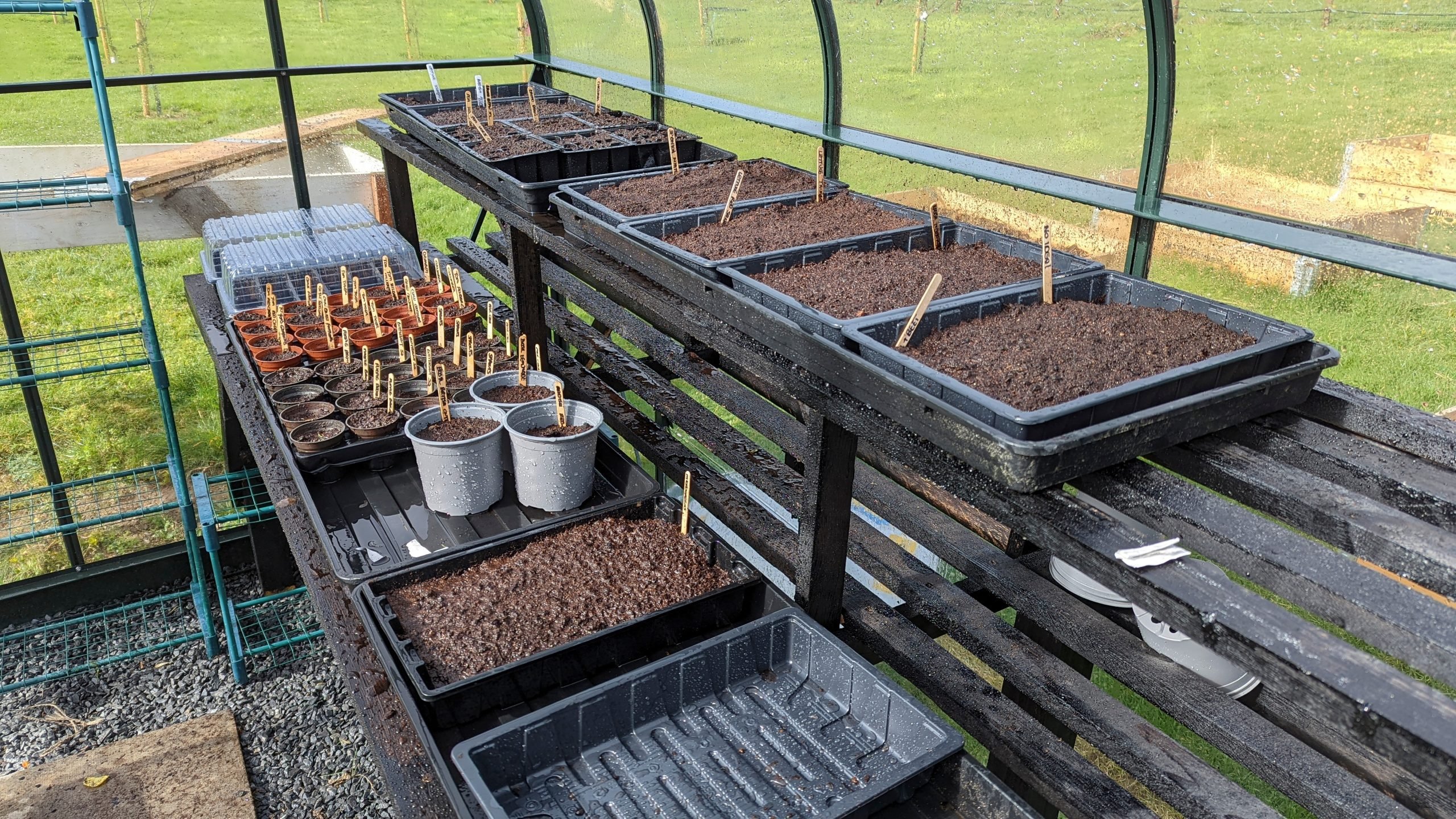
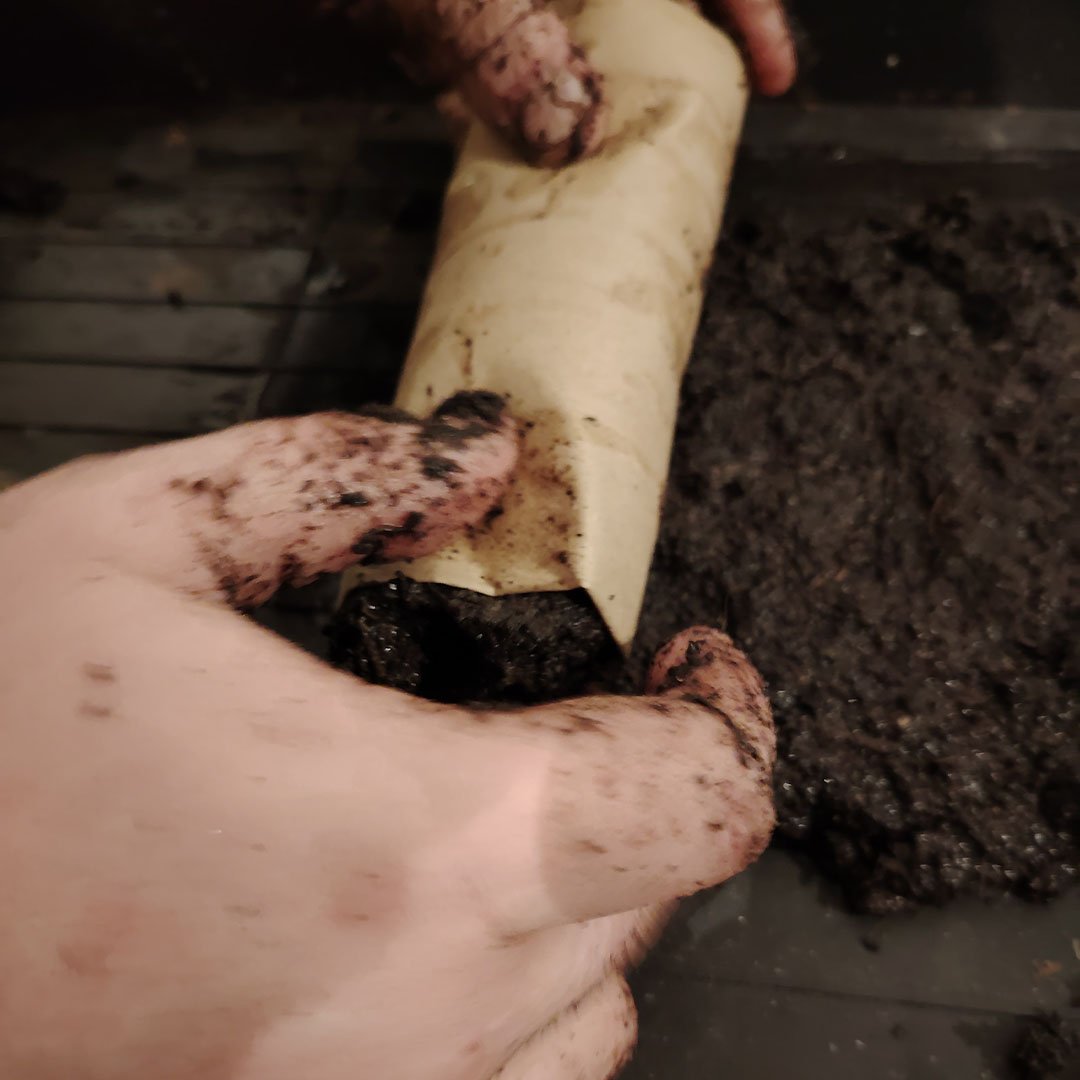

George Campbell says
Excellent advise.Thank you.